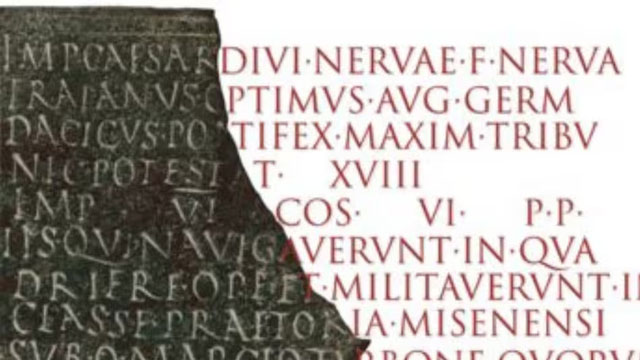Daijiworld Media Network – Sydney
Sydney, Aug 11: Ancient Roman inscriptions have long offered insights into laws, traditions, economy, and even the emotions of people from centuries past. Yet, their interpretation has often been hampered by damage over time. Now, a groundbreaking AI tool named ‘Aeneas’ is revolutionizing the way these inscriptions are understood.
Named after the legendary Roman hero, Aeneas has been trained on nearly 200,000 Latin inscriptions dating from the 7th century BC to the 8th century AD, spanning regions from Portugal to Iraq. Developed by Google DeepMind, the model can analyze images of damaged inscriptions, predict missing letters or words, identify the time period and location, and even cross-reference similar phrases from other sources.

Historians say Aeneas’s focused training on Latin inscriptions makes it more accurate than general AI systems. University of Sydney historian Anne Rogerson noted that its interpretations, though still informed guesses, are grounded in real historical data.
Publicly released without restrictions and available for free, Aeneas is giving students and researchers the opportunity to re-examine and decode fragments of Roman history, bringing ancient voices back to life with clarity.